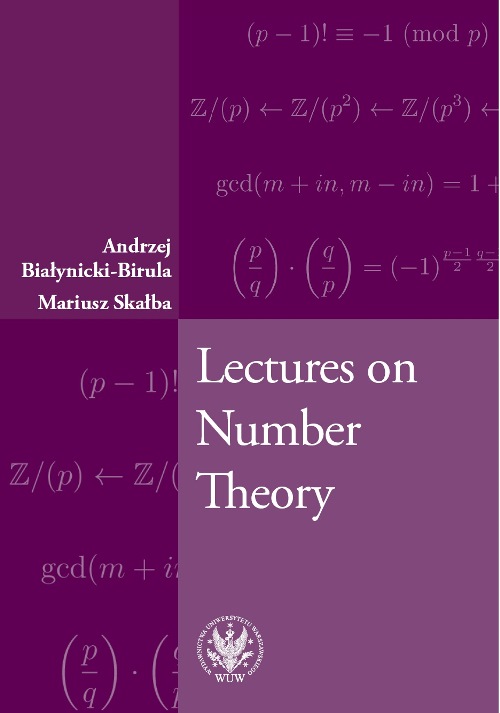
(The best explicit bound currently known for “sufficiently large” is the result has also been verified for.


Sophie Germain prime conjecture: There are infinitely many positive integers n such that n, 2n+1 are both prime.Twin prime conjecture: There are infinitely many positive integers n such that n, n+2 are both prime.Despite centuries of progress on these problems, many questions are still unsolved, for instance: A typical example are the odd integers A =. Structured objects – objects with a high degree of predictability and algebraic structure.There are many different types of objects in these classes, however one can broadly classify them into three categories:

For sake of concreteness, let us focus today on sets of integers (later lectures will focus on other classes of objects). sets of integers, functions on a space, dynamical systems, graphs, solutions to PDE, etc.). The “dichotomy between structure and randomness” seems to apply in circumstances in which one is considering a “high-dimensional” class of objects (e.g. (In the second, I discuss the dichotomy in ergodic theory and graph theory, while in the third, I discuss PDE.) In this, the first lecture, I describe the dichotomy as it appears in Fourier analysis and in number theory. This theme seems to pervade many of the areas of mathematics that I work in, and my lectures aim to explore how this theme manifests itself in several of these. I am giving three lectures, each expounding on some aspects of the theme “the dichotomy between structure and randomness”, which I also spoke about (and wrote about) for the ICM last August. (These lectures, incidentally, are endowed by Jim Simons, who was mentioned in some earlier discussion here.) While preparing these lectures, it occurred to me that I may as well post my lecture notes on this blog, since this medium is essentially just an asynchronous version of a traditional lecture series, and the hypertext capability is in some ways more convenient and informal than, say, slides.

Lectures took the form of videos that the students could watch at their leisure. This was a “flipped” version of the LUC elementary number theory course that I ran in collaboration with Steve Doty.


 0 kommentar(er)
0 kommentar(er)
